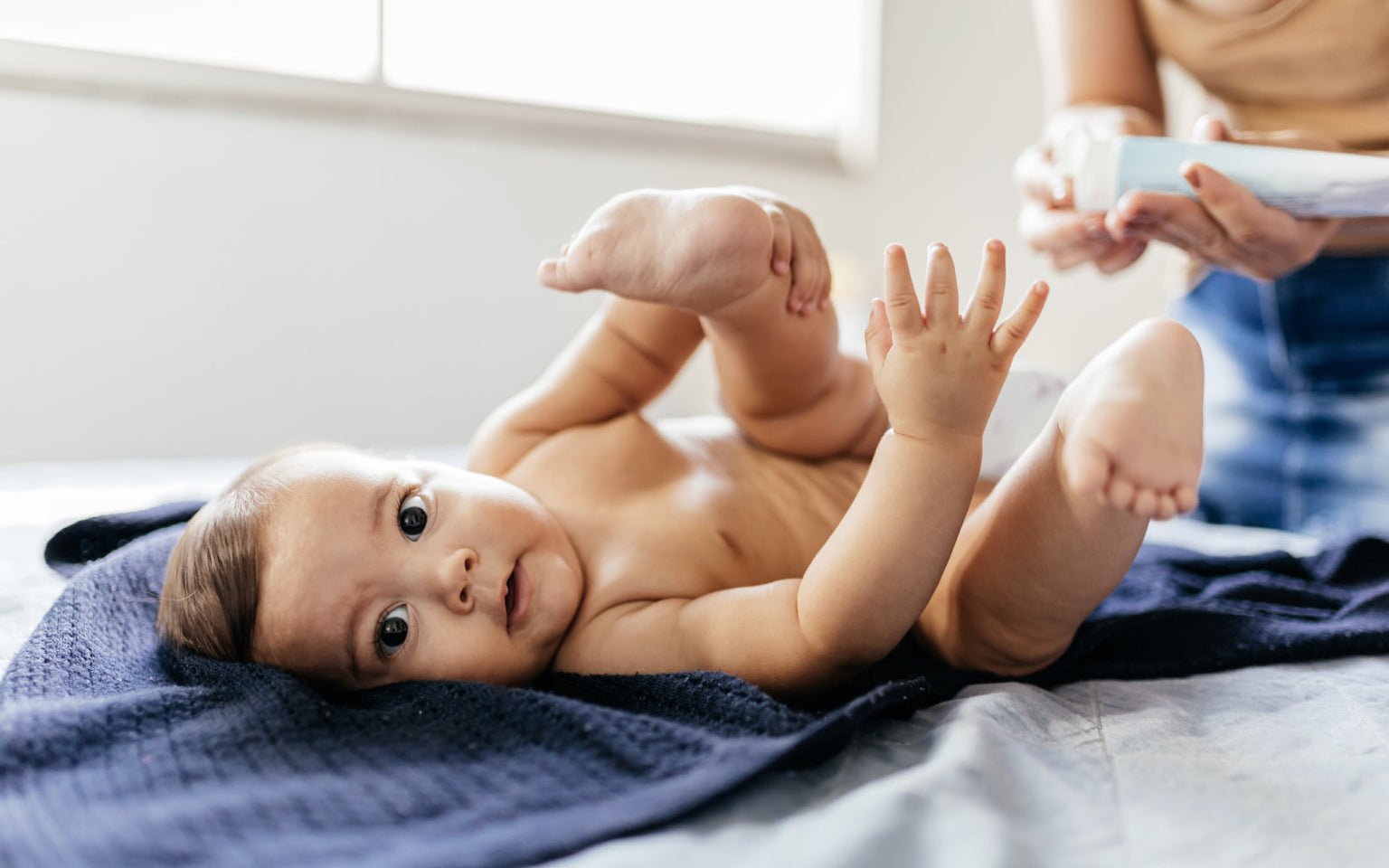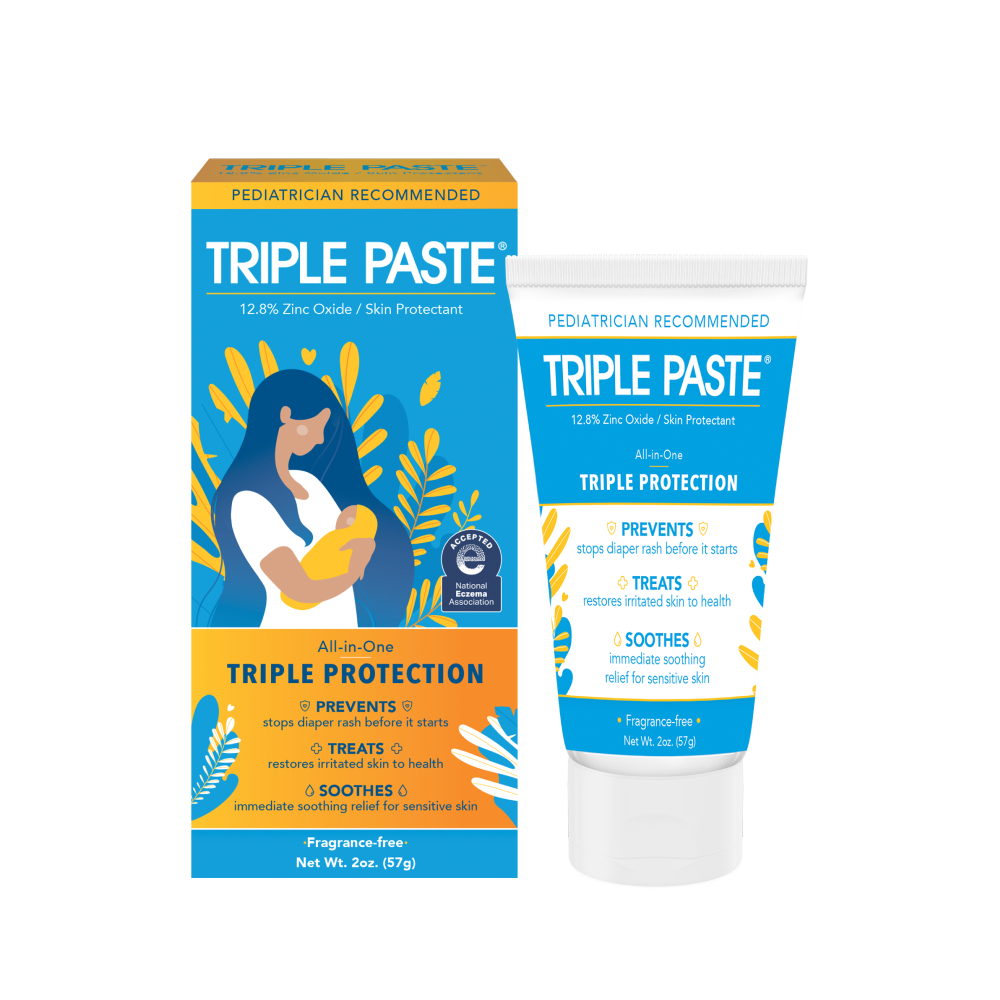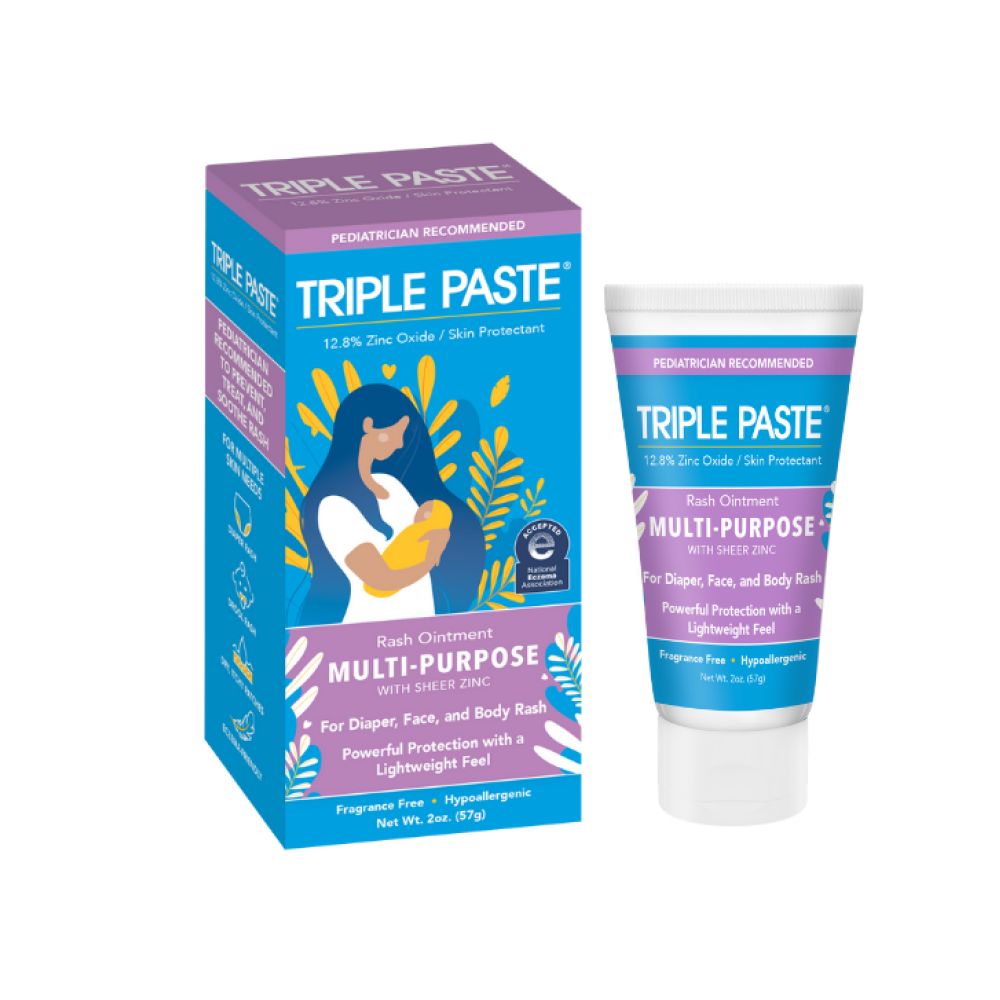The Role of Hygiene in Preventing Diaper Rash
Before we get into this topic, it’s very important for you to know that if your baby has diaper rash, it doesn’t mean you’re failing as a parent in any way.
Yes, hygiene plays a huge role in both causing and treating diaper rash. But diaper rash can occur even when you are doing your absolute best to keep your baby’s diaper area dry and clean.
The Keys to Diaper Rash Prevention
When we say “hygiene” in relation to diaper rash, we mean practices that keep the diaper area clean and dry. These two factors may be the most important in diaper rash prevention; however, they aren’t always possible. That’s the nature of diapers—they’re designed to hold pee and poop (which are dirty!) and sometimes you aren’t in a place where you can change it right away.
So what can you do? Remember three steps:
Clean • Dry • Protect
Clean
The combination of ammonia and digestive enzymes in pee and poop can irritate your baby’s skin, especially if your baby just started eating solid foods. Plus, moisture alone, from sweat or urine, can cause irritation and result in diaper rash. Keep these tips in mind to help prevent rashes from occurring:
- Change the diaper as soon as you notice it’s wet or soiled. • If your baby is sweaty or already has diaper rash, change diapers more frequently
- Gently clean your baby’s bottom, skin folds, and surrounding areas using a soft cloth and lukewarm water. If stool is stuck on the skin, try rinsing rather than rubbing
- To loosen stubborn stool, gently wipe with a cotton ball and baby oil. Test a small area of the skin first as some people are more sensitive to mineral oil.
- Choose alcohol- and fragrance-free wipes, soaps and baby washes, and lotions to avoid irritation.
Dry
Since wetness can cause diaper rash, the goal is to keep the baby’s skin as dry as possible before you wrap a diaper around the bottom. So, work these tips into your regular diapering routine:
- Gently pat wet skin dry with a soft towel- avoid rubbing, as this can cause irritation.
- Let baby’s freshly clean skin fully dry before closing a new diaper
- Allow “free” time with no diaper. Giving skin time to air dry and time without a diaper closed against it can be helpful in preventing and treating diaper rash.
Protect
While keeping the skin dry is essential, you also want to take steps to protect that skin from irritation caused by waste, moisture, and friction. Wash your hands before and after every diaper change. This protects the baby’s skin as well as your own.
- Keep your baby’s skin moisturized with a gentle, fragrance-free lotion made for babies
- Apply a barrier cream (made of zinc oxide or petroleum jelly) designed to prevent and treat diaper rash
- Avoid covering cloth diapers with plastic pants. This limits airflow and can contribute to worsening diaper rash
- Make sure the diaper fits just right. One that’s too small or tight will trap moisture and poop against the skin, and one that’s too big will cause friction as it rubs back and forth.
Factors that Worsen Diaper Rash
If your baby develops diaper rash, it’s good to know what factors can make diaper rash worse. These include:
- Heat and sweat
- Lack of airflow
- Baby powder (especially if the skin is broken)
- Irritating ingredients in washes, wipes, bubble baths, and detergents
- Overly dry, un-moisturized skin
- Allergies to food
- Exposure to new solid foods
- Scrubbing instead of gently patting while diapering
- Scratching in response to itchiness
Cloth diapers and diaper rash
Diaper rash can occur when using either cloth or disposable diapers. However, if your baby has diaper rash, disposable diapers are highly recommended since they absorb moisture more effectively. Overnight disposable diapers can be particularly helpful because they can absorb more liquid and keep the baby’s skin dry longer.
If you stick with cloth diapers through diaper rash, rinse them thoroughly (2-3 times) after washing them to remove any detergent residue. In fact, it’s better to skip out on the fabric softeners or dryer sheets because they can worsen the rash.
No matter what, remember that diaper rash is common and remember those three words: clean, dry, and protect. You’ve got this!



